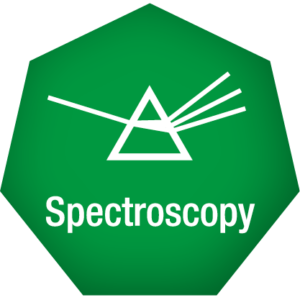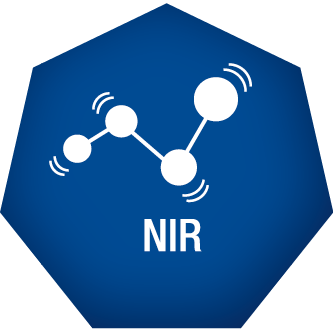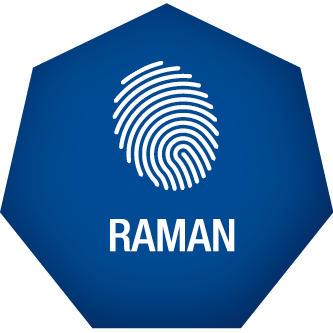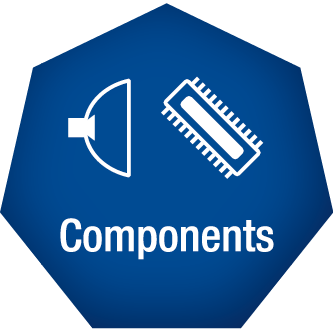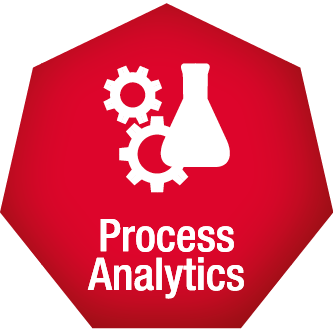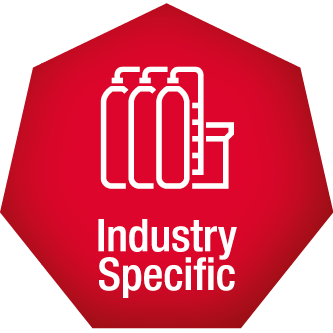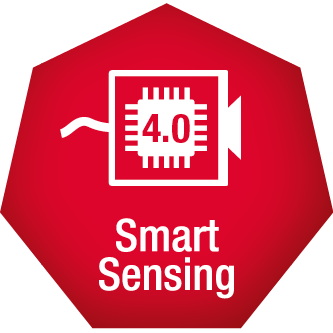Rapid Analysis in Process
Optical spectroscopy is one of the most versatile tools in modern process analytical technology. Samples to be analysed emit material-specific radiation after interaction with light, from which the chemical composition of the samples is determined. For solid materials, morphological parameters such as grain size or surface roughness can be determined as well.
Our dedicated industrial spectrometers provide high-speed analysis of ingredients and can be used for qualitative analysis such as variety identification as well as for the quantitative determination of intermediate and finished products directly in the process.
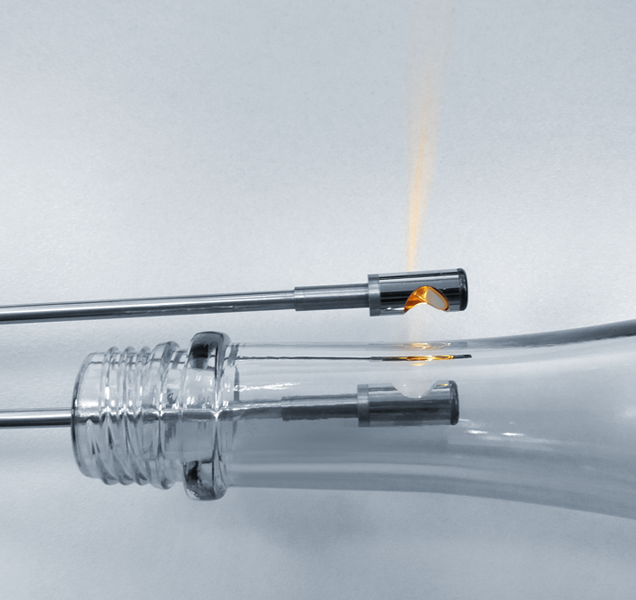
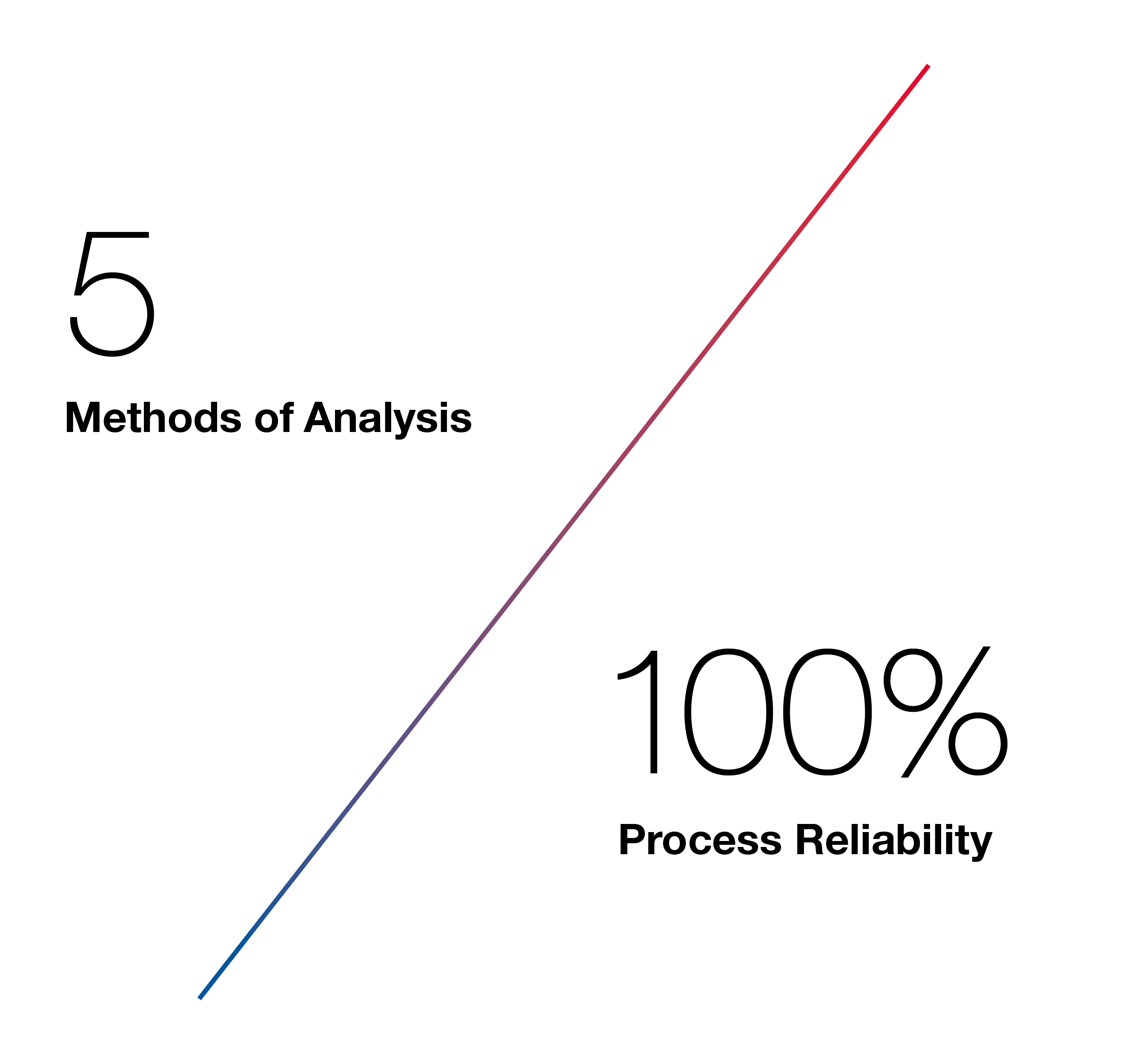
System Concepts for Industrial Use
Advantages of spectroscopic methods:
- High measurement rates at short integration times
- Non-invasive and non-destructive
- Universally applicable for solid, liquid, or gaseous samples
Especially for process analytical applications in an industrial environment, the performance of optical spectroscopy is highly advantageous:
- 100% monitoring of product flows
- Non-contactless analysis, directly integrated into the process line
- Fully automated online or inline process control or monitoring
Both embedded and PC-based versions offer two alternative system approaches covering the state of the art in process-enabled industrial spectroscopy in the best possible way:
- The embedded line allows the realization of process sensors offering all advantages of a real-time smart sensor system due to fully low-level system control and data processing
- The PC-based version with its comprehensive software packages offer a high degree of versatility and flexibility in the implementation of online or at-line routine analyses
Dedicated to industrial applications, all our systems are designed to be low-maintenance and robust against harsh or aggressive environments.
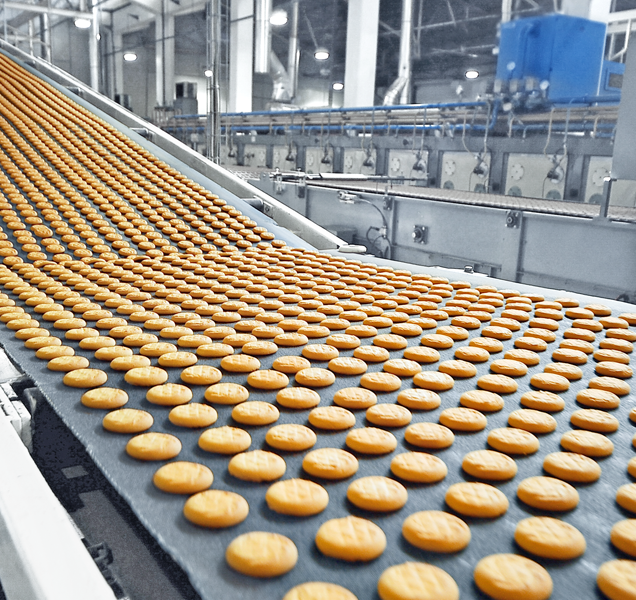
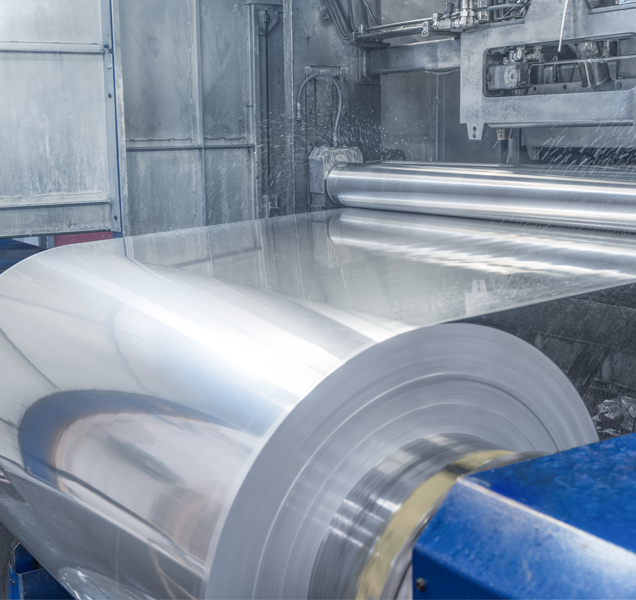
Methods of Process Spectroscopy
Depending on the application and the detailed requirement specifications, we provide the appropriate spectroscopic method:
UV-VIS 180 – 1100 nm
Detection of electronic transitions
Spectra in the UV range with its easily assignable absorption lines offer a selective, molecule-specific detection of the substances under examination. Due to our low-scattered light and solarization-resistant systems, Deep UV applications are possible as well. In addition, the visible range provides highly resolved colour information.
NIR 850 – 2500 nm
Vibrational spectroscopy (overtones and combinational bands)
Almost any organic substance exhibits distinct vibrational spectra, making NIR spectroscopy one of the most versatile and widely used methods in ingredient analysis, including the quantitative determination of chemical compositions as well as qualitative analysis such as variety identification. The NIR wavelength range is also suitable for coating thickness measurements in the µm range.
Raman 785 nm (Excitation)
Inelastic scattering
Raman spectra, with their characteristic fingerprint signatures, allow a highly specific detection of a wide variety of molecules. Thus, substance-specific quantifications are also easily accessible due to significant peak characteristics. Raman spectroscopy is particularly suitable for measurements in aqueous solutions, as water itself does not show any predominant component in the spectrum.
Our team of application engineers would be pleased to support you in selecting the most suitable method for you.





